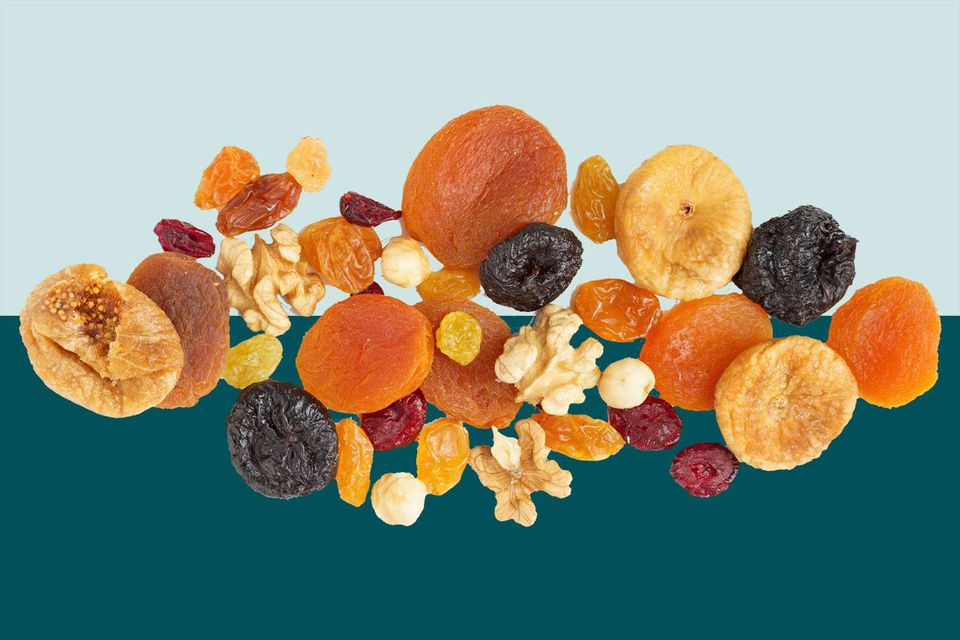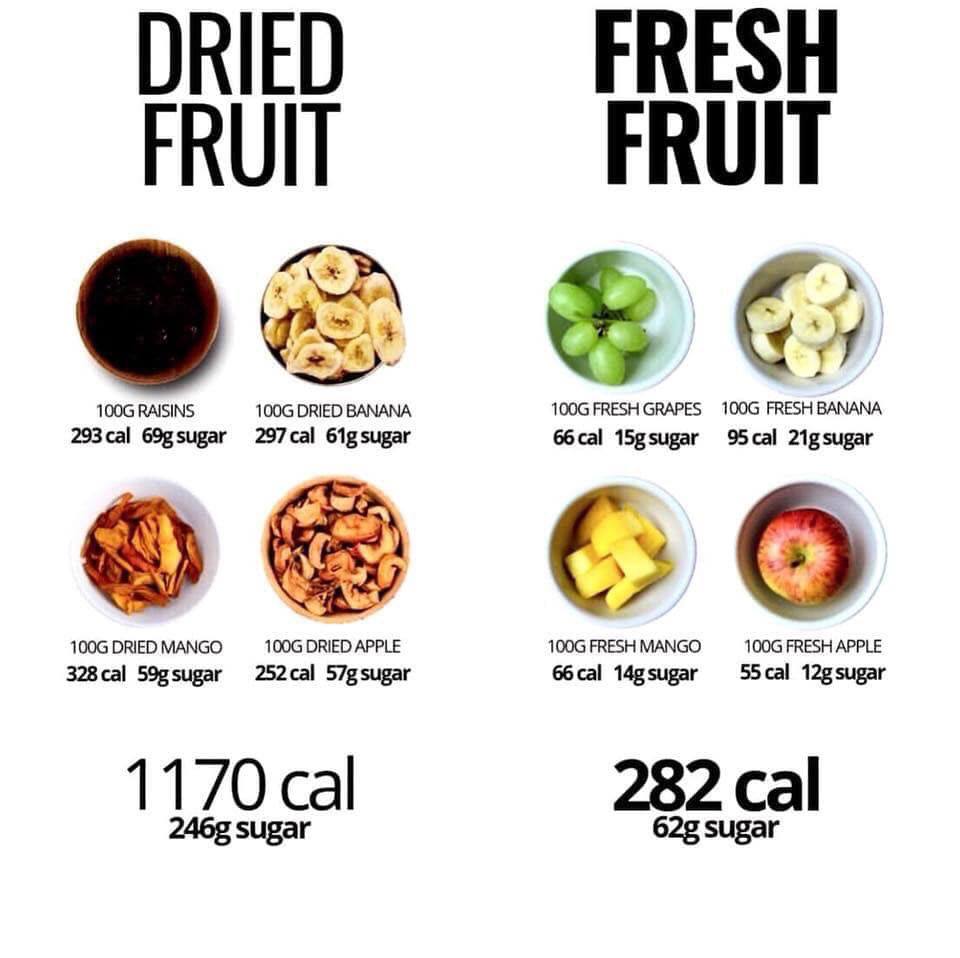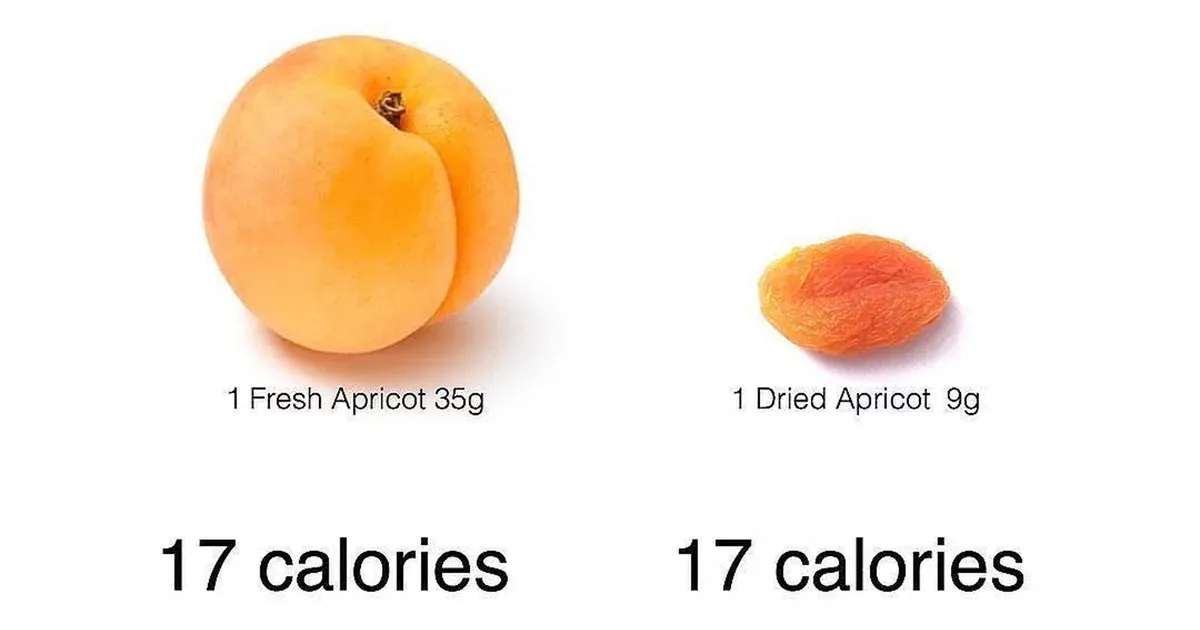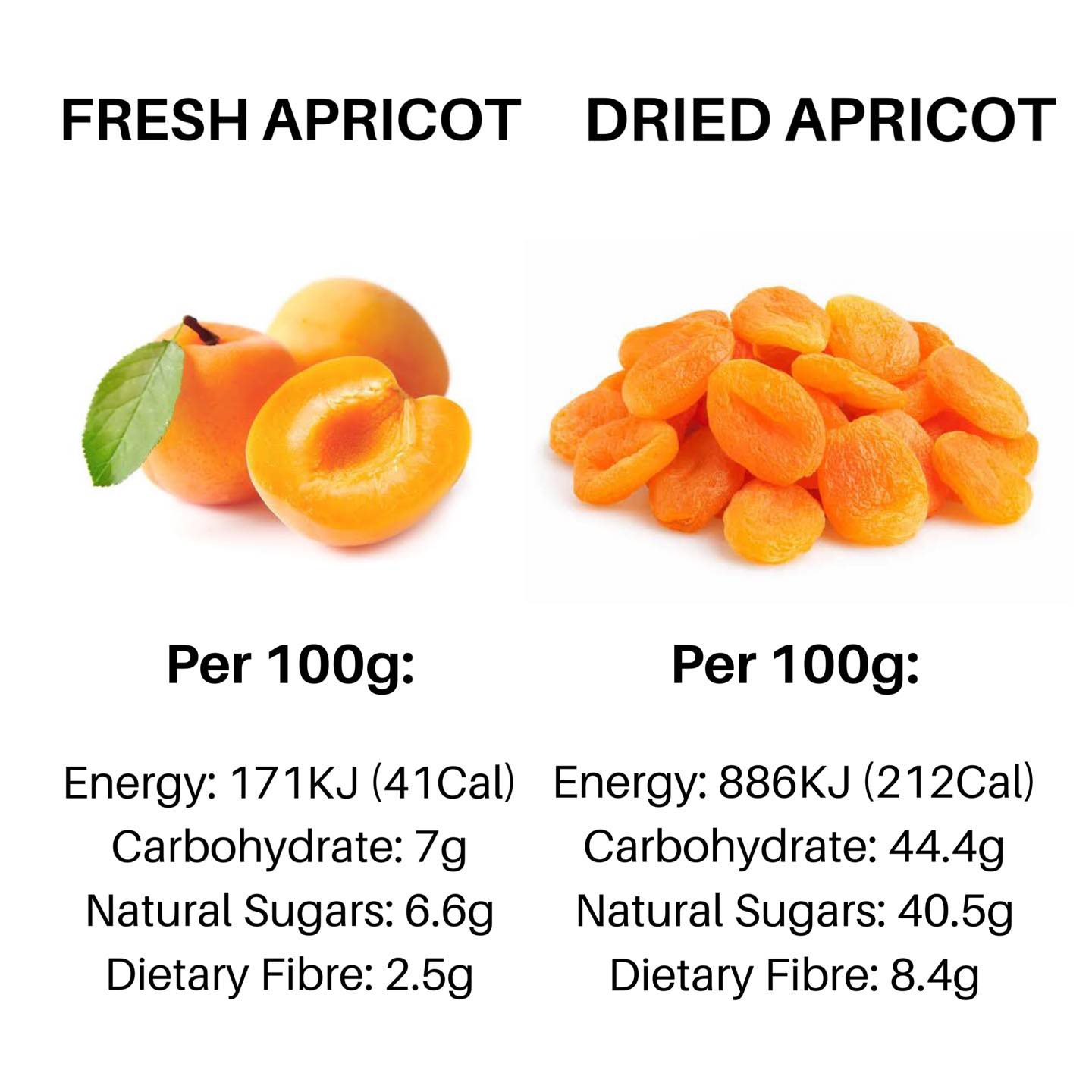The Sweet Truth: Dried Fruit Yes or No?

The Sweet Truth: Unraveling the Mystery of Dried Fruit
Picture this: you're strolling through the grocery store, looking for a healthy snack option. Your eyes land on the colorful packages of dried fruit, tempting you with their sweet and chewy goodness.
But wait! Before you reach for that bag, it's important to understand the truth about dried fruit. In this article, we'll delve into the science and provide you with clear, concise information to help you make an informed decision. So let's get started!
The Nutritional Benefits of Dried Fruit:
Dried fruit is often praised for its nutritional content, and rightly so. These dehydrated gems pack a punch when it comes to vitamins, minerals, and fiber. Dried fruit is a concentrated source of nutrients, including potassium, iron, and various antioxidants. They can provide a quick energy boost and are a good source of dietary fiber, which aids digestion and helps keep you feeling fuller for longer.
But...
Potential Drawbacks of Dried Fruit:
When it comes to dried fruit, it's important to consider both the positive and negative aspects. While dried fruit does offer numerous health benefits, it's crucial to be aware of the potential downsides to make informed choices.
One factor to consider is the calorie and sugar content of dried fruit. Because the water has been removed during the drying process, the natural sugars become more concentrated. This can lead to a higher calorie count compared to fresh fruit. It's essential to be mindful of portion sizes and not overindulge, especially if you're watching your calorie intake or have specific dietary needs.

Additionally, the dehydration process can result in a loss of certain water-soluble vitamins, such as vitamin C. While dried fruit still retains many of its nutrients, including fiber, potassium, and antioxidants, it's important to note that the levels of some vitamins may be reduced. To ensure you're getting a wide range of essential nutrients, it's always beneficial to incorporate a variety of fresh fruits and vegetables into your diet.
Another consideration is the potential presence of added sugars or preservatives in some dried fruits. While many brands offer dried fruit without any additives, it's important to read the labels and choose products that are free from added sugars and preservatives. Opting for organic or naturally dried fruit can help ensure you're consuming a product that is as close to its natural state as possible.
To mitigate these potential drawbacks, it's advisable to approach dried fruit consumption with moderation and balance. Enjoy dried fruit as part of a well-rounded diet that includes a variety of whole foods. Consider using dried fruit as a complement to other nutritious snacks, such as mixed nuts or yogurt, to create a balanced and satisfying combination of macronutrients.
Ultimately, the decision of whether to include dried fruit in your diet depends on your individual health goals, preferences, and dietary requirements. It can be a convenient and delicious option for on-the-go snacking or as an ingredient in various recipes. However, it's important to be mindful of portion sizes, choose quality products without added sugars or preservatives, and maintain a diverse and nutrient-rich diet.
Portion Control and Moderation:
When it comes to incorporating dried fruit into your diet, one of the crucial aspects to keep in mind is portion control and moderation. While dried fruit can be a healthy addition to your meals or snacks, it's easy to get carried away and consume larger quantities than recommended, leading to unintended consequences.

To maintain a healthy balance, it's important to be mindful of serving sizes. A handful of dried fruit, roughly equivalent to about ¼ cup or 40-50 grams, can provide a satisfying and nutritious snack. This portion size allows you to enjoy the flavors and benefits of dried fruit without going overboard on calories or sugars.

Excessive consumption of dried fruit can lead to an intake of excess calories, as dried fruits are more energy-dense compared to their fresh counterparts. This is primarily due to the removal of water during the dehydration process, which concentrates the sugars and calories. By practicing portion control, you can still enjoy the sweet and chewy goodness of dried fruit while managing your overall calorie intake.
Pairing Dried Fruit with Other Foods:

When it comes to enjoying dried fruit in a way that maximizes its nutritional benefits and minimizes potential blood sugar spikes, one effective strategy is to pair it with other foods. By combining dried fruit with a source of protein, such as nuts or yogurt, you create a balanced snack or meal that can provide sustained energy and help maintain stable blood sugar levels.
Dried fruit is naturally rich in carbohydrates, including sugars. When consumed alone, these sugars can be quickly absorbed into the bloodstream, leading to a rapid rise in blood sugar levels. This sudden spike is often followed by a subsequent drop, leaving you feeling tired and craving more sugary foods.
However, by pairing dried fruit with protein-rich foods, you can slow down the absorption of sugars into the bloodstream. Protein takes longer to digest, which means that it delays the release of glucose from the dried fruit into the bloodstream. This gradual release helps to prevent sudden spikes in blood sugar and provides a more steady and sustained source of energy.
Nuts, such as almonds, walnuts, or cashews, are an excellent choice to pair with dried fruit. They not only provide protein but also offer healthy fats and additional nutrients. The combination of protein, healthy fats, and fiber from the nuts can further enhance the satiety and nutritional value of the snack.
Yogurt is another fantastic option to complement dried fruit. Choose plain, unsweetened yogurt and add a serving of dried fruit for natural sweetness. The protein in yogurt combined with the carbohydrates from the dried fruit creates a well-balanced snack that can help stabilize blood sugar levels and provide a satisfying and nutritious treat.
Incorporating dried fruit into your meals or snacks alongside protein-rich foods not only helps manage blood sugar levels but also provides a broader range of essential nutrients. The combination of carbohydrates, protein, healthy fats, and fiber creates a more complete and nourishing eating experience.
Remember to be mindful of portion sizes when combining dried fruit with other foods. While protein can help slow down the absorption of sugars, it's still important to consume dried fruit in moderation to avoid excessive calorie intake. Aim for a balanced ratio of dried fruit to protein, such as a handful of dried fruit with a small handful of nuts or a serving of yogurt.
By pairing dried fruit with other foods, you can create satisfying and nutritious snacks or meals that provide a steady release of energy and help support stable blood sugar levels. Experiment with different combinations and find the ones that you enjoy the most while aligning with your individual dietary needs and preferences.
So next time you reach for that bag of dried fruit, do so armed with knowledge and make a conscious choice that aligns with your health and wellness goals. Happy snacking!